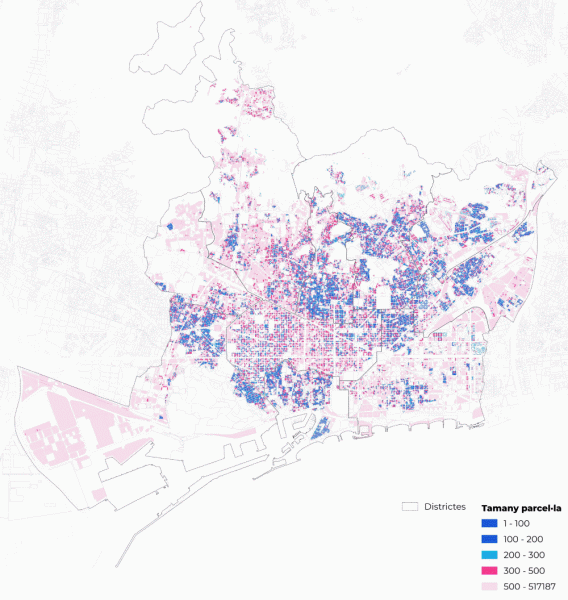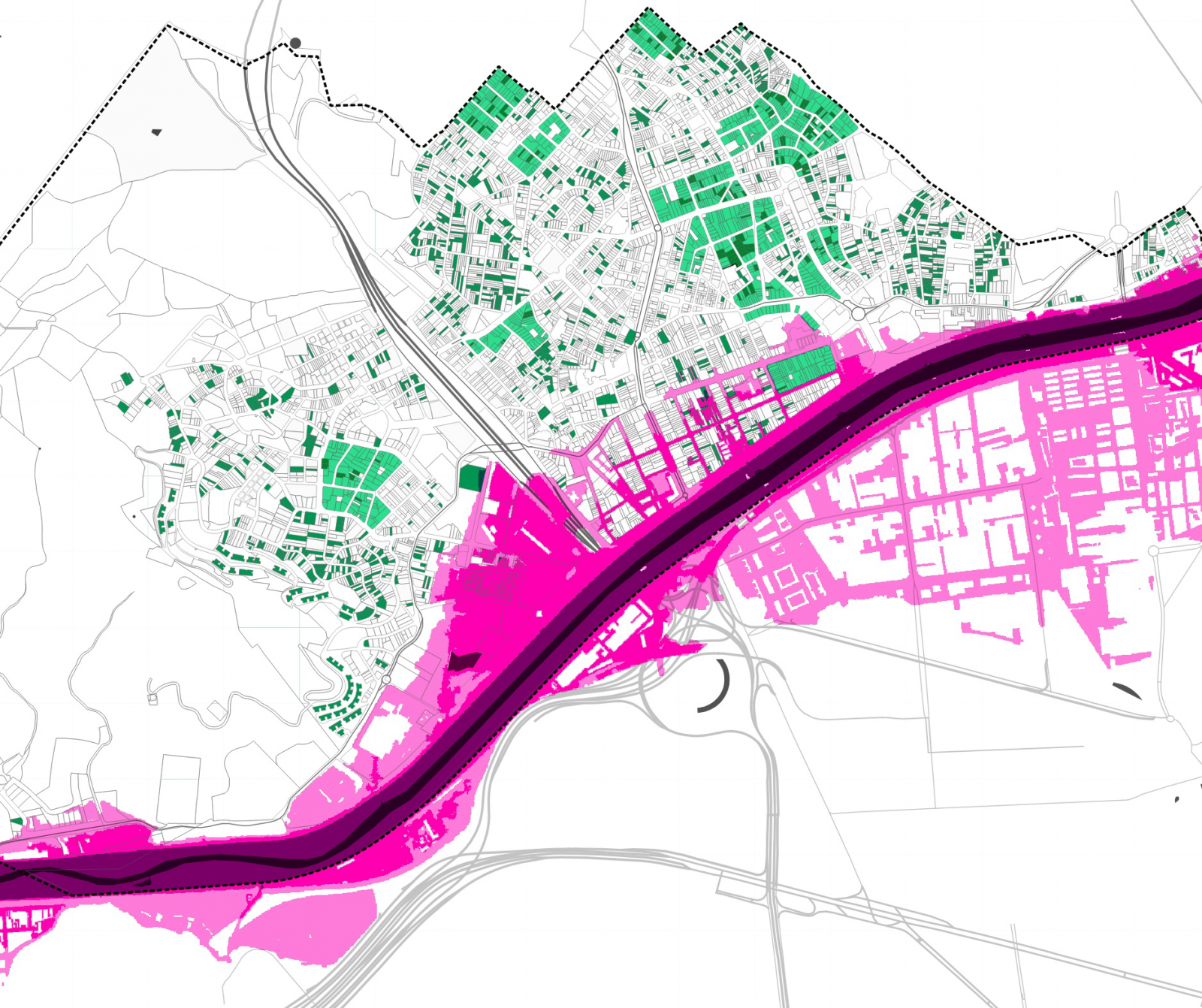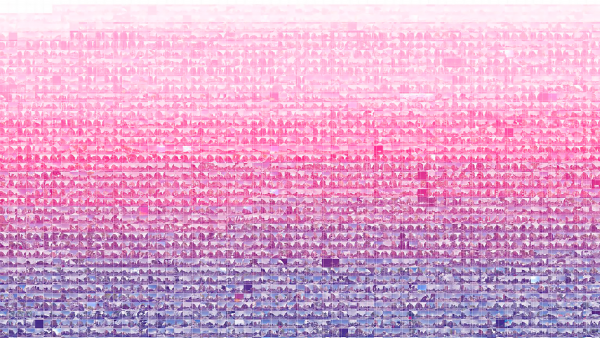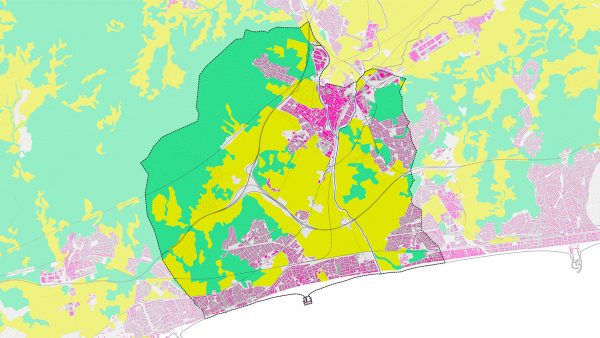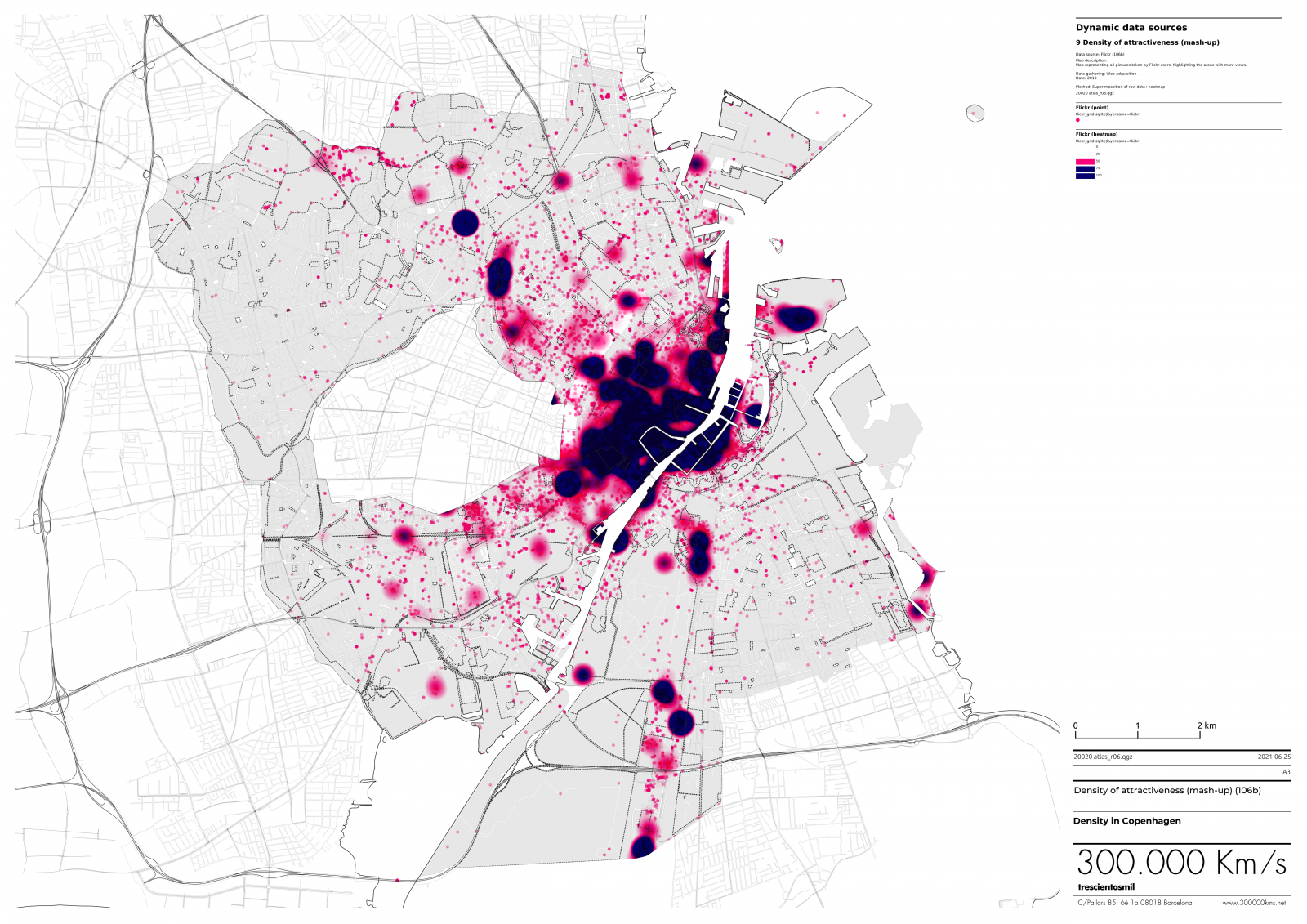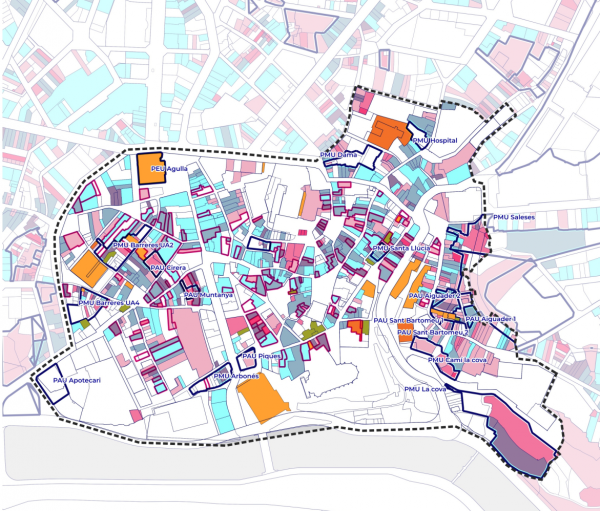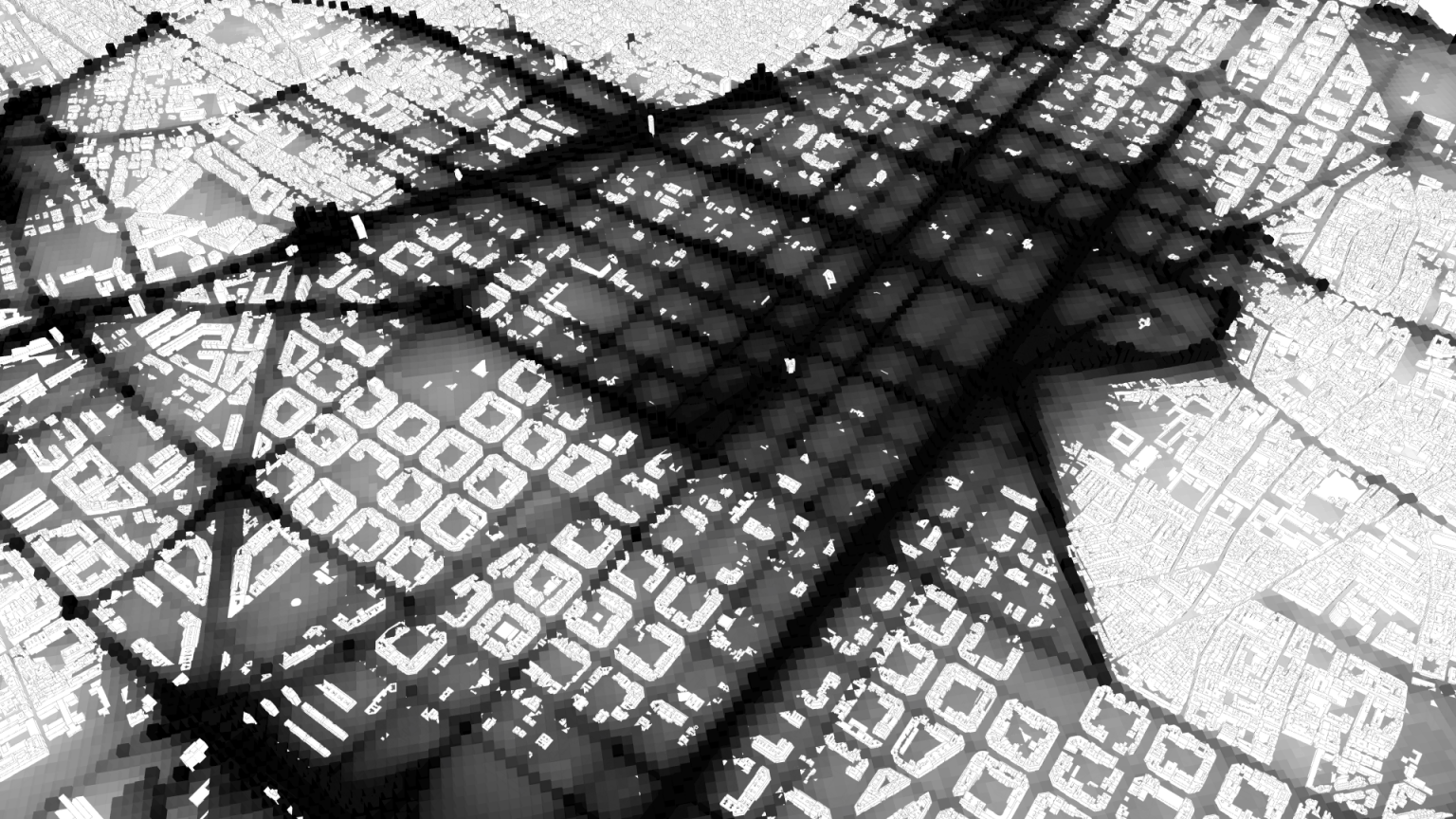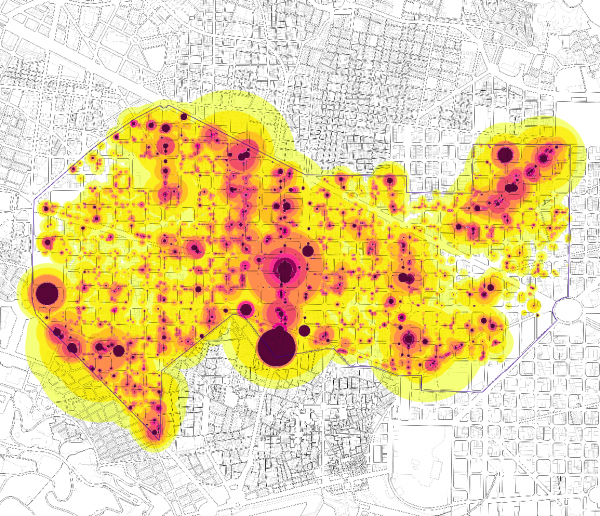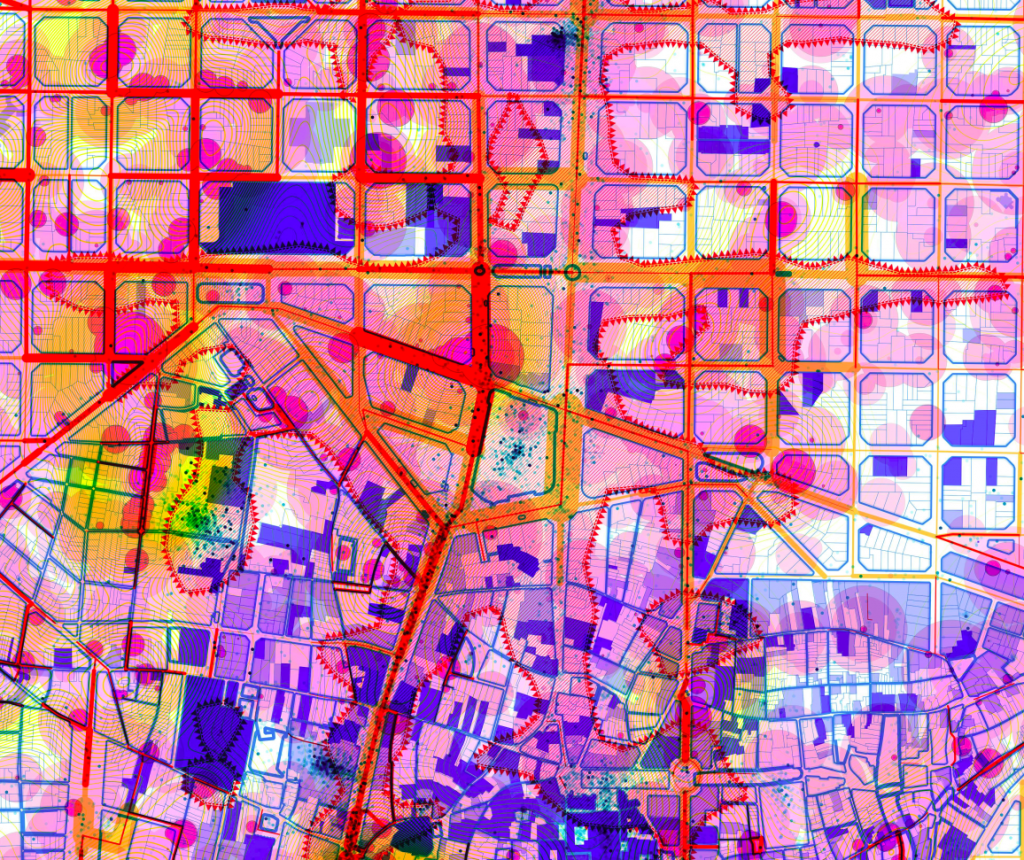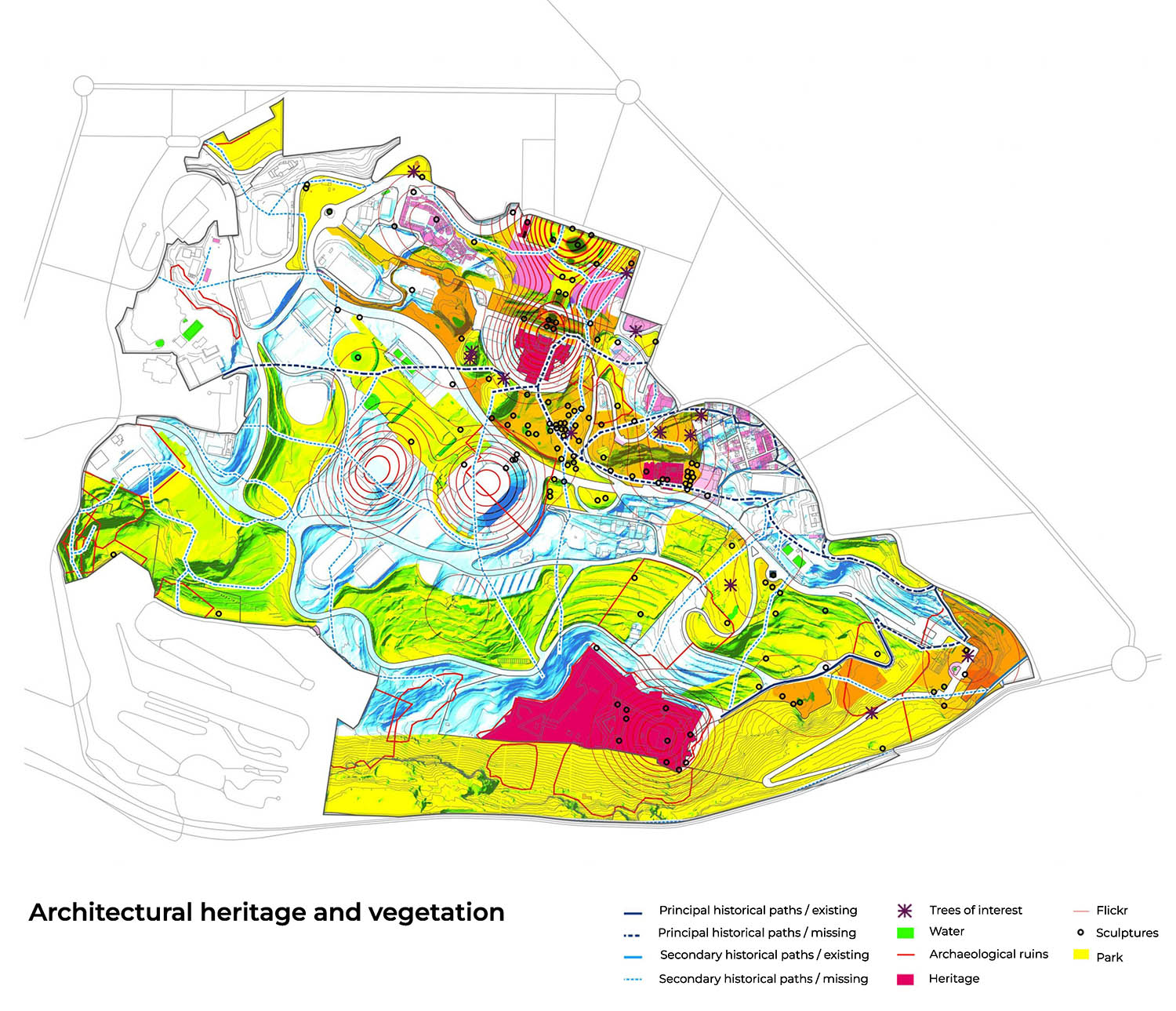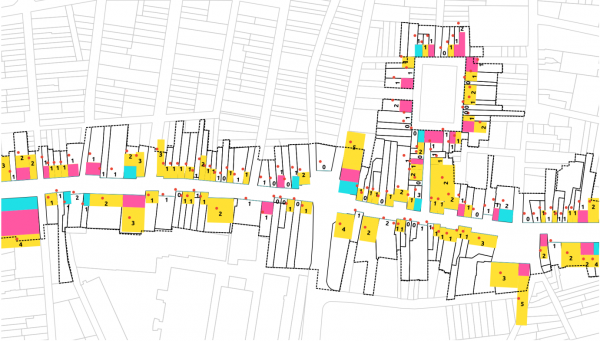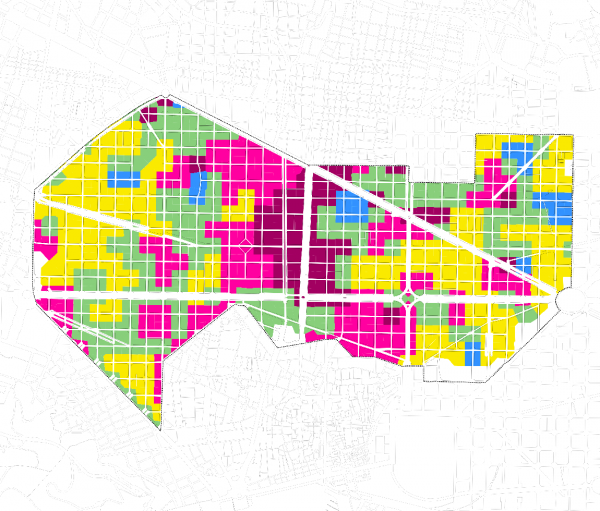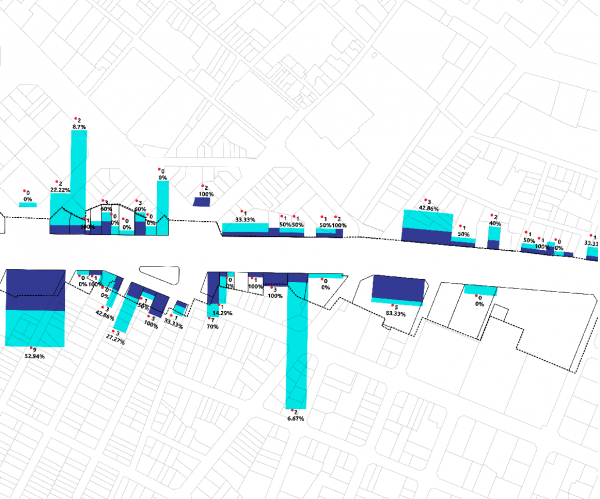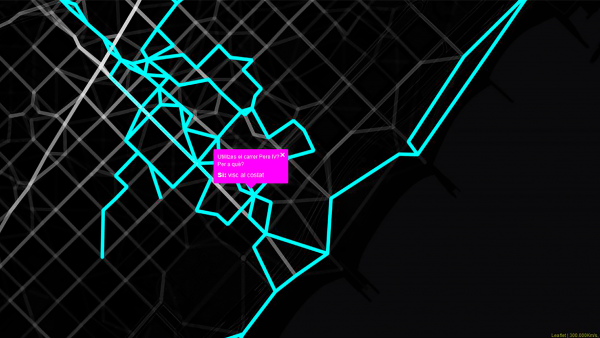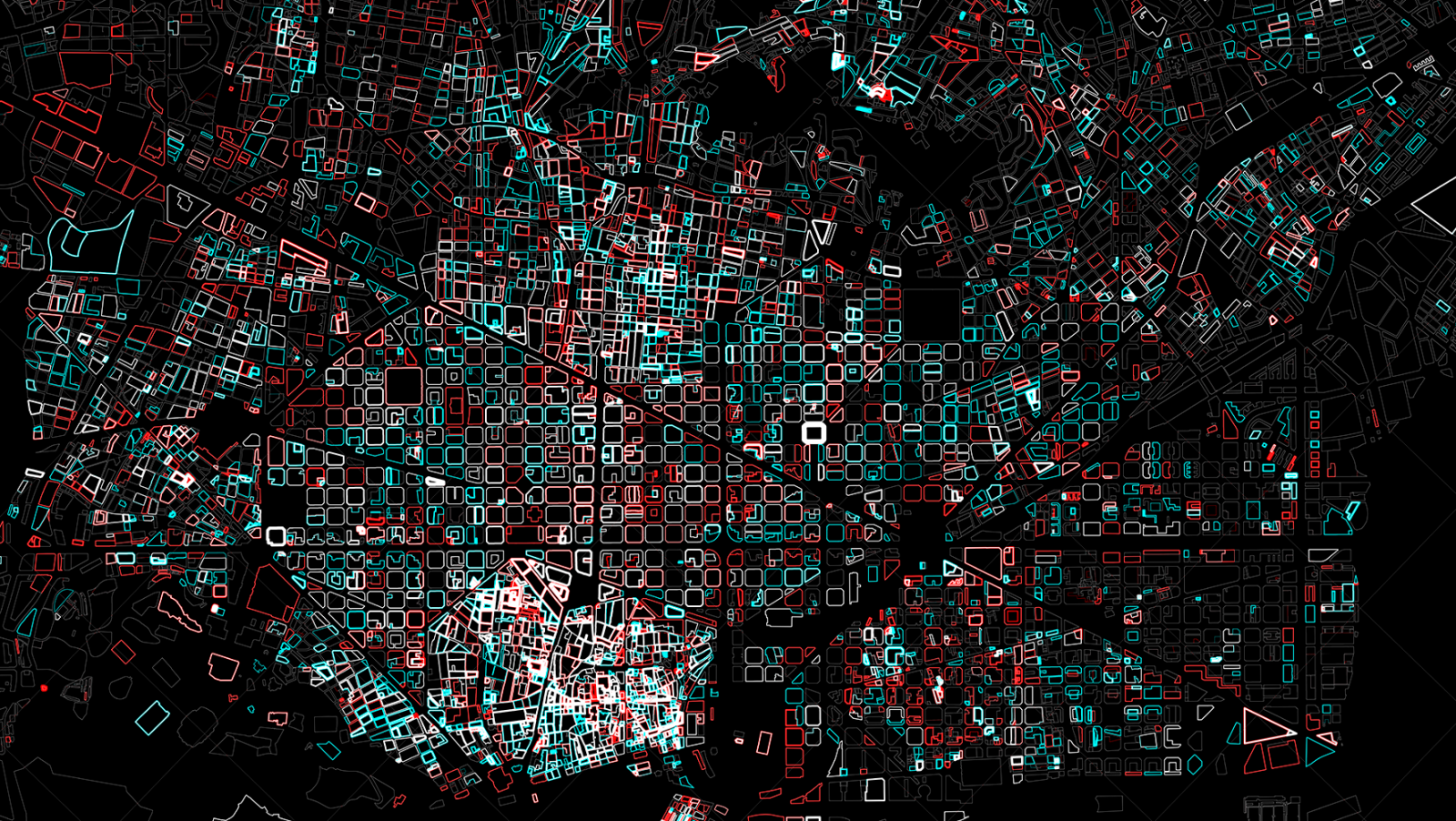Public space characterizes the city, and it is from there that we mostly observe what happens within it. It is the viewpoint, the place of urban interventions, and where many other impacts take place.
It is within public spaces that a significant portion of urban crises and conflicts occur: from the balance between individual and collective benefits, to the gentrification caused by its transformation, or the negative impacts on health due to poor management, among many others.
The ability to weave and foster relationships among the citizens who share these spaces is no longer an exclusive quality of the physical realm, but is also shared by the social spaces offered by digital environments, which often replace or shape them.
Not everything we see in these spaces is what it seems; their image is also influenced by what they conceal and hide. Therefore, we must learn to look at them with new methodologies.
It is within public spaces that a significant portion of urban crises and conflicts occur: from the balance between individual and collective benefits, to the gentrification caused by its transformation, or the negative impacts on health due to poor management, among many others.
The ability to weave and foster relationships among the citizens who share these spaces is no longer an exclusive quality of the physical realm, but is also shared by the social spaces offered by digital environments, which often replace or shape them.
Not everything we see in these spaces is what it seems; their image is also influenced by what they conceal and hide. Therefore, we must learn to look at them with new methodologies.
